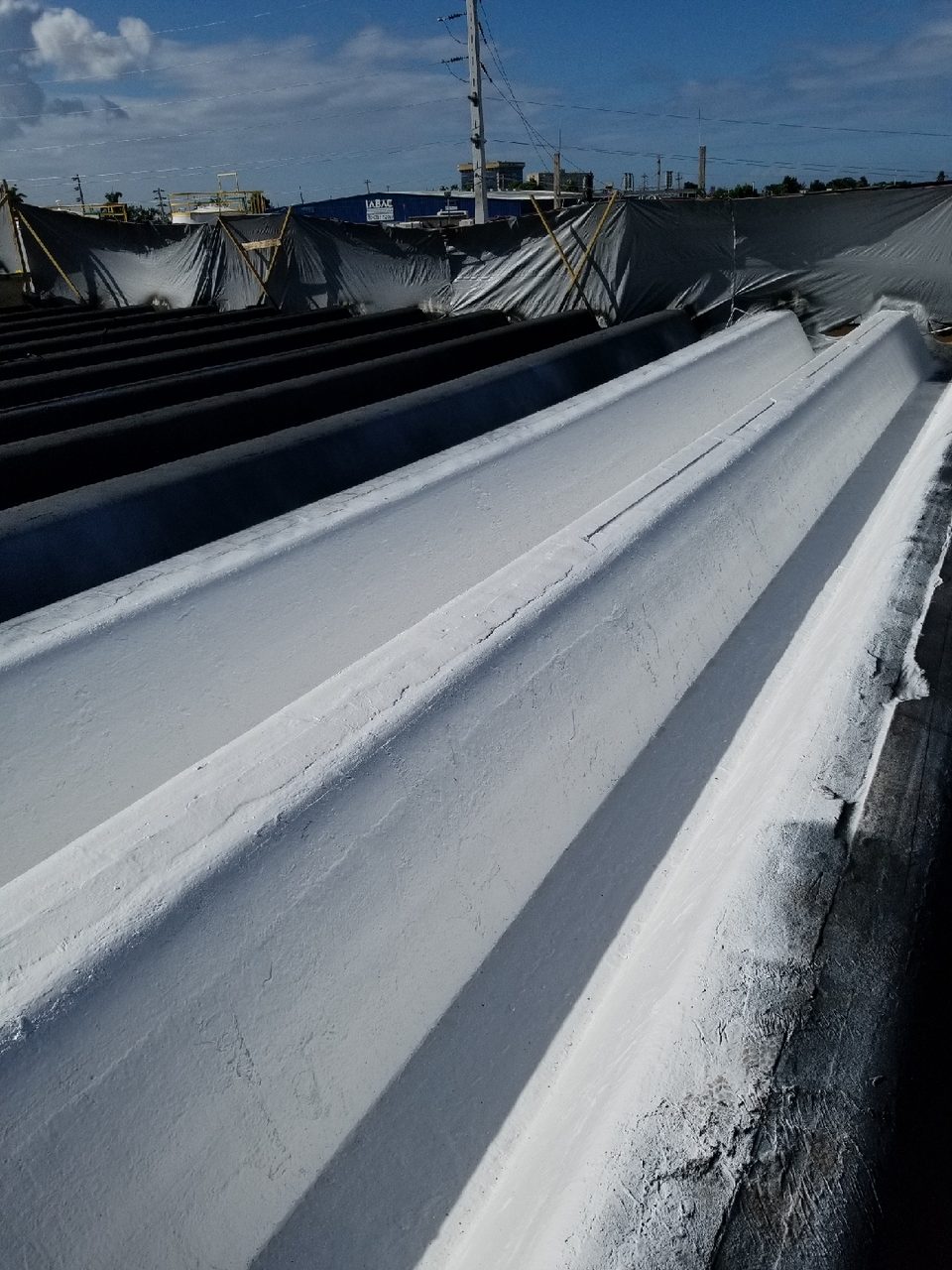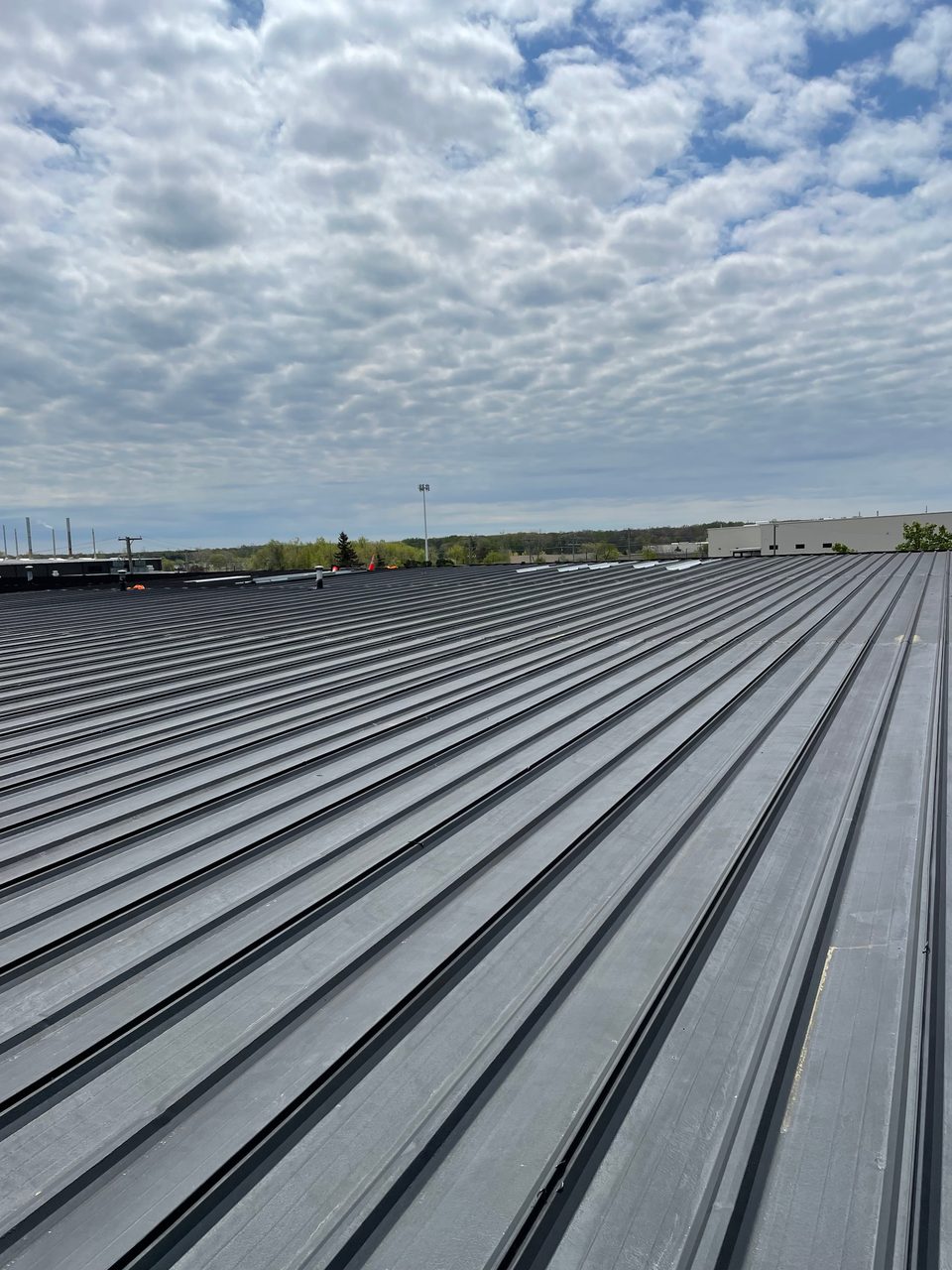Since the start of the COVID-19 pandemic, there’s been a tight supply market that has many roofing contractors and facility owners considering the application of coatings and other fluid-applied materials on existing roofs in efforts to extend their service life until things get back to ‘normal.’ This provides an opportunity for coating manufacturers to introduce their products to a wider segment of the market and to gain market share. This also provides an opportunity for roofing contractors that are interested in expanding services into the coatings market to become familiar with the latest generation of coatings.
Recent advancements in coating material technology have increased the uses for roof coatings in the commercial market. Today, coatings are manufactured as monolithic, fully adhered, flexible materials. Coatings are now used to restore existing roof systems by acting as a surfacing that shields the membrane from erosion caused by rain, snow, sleet, and hail and to reflect ultra-violet radiation. When properly applied, coatings can provide significant advantages to a roof system. Coatings have been documented to expand the service life of existing roofs, improve a building’s energy efficiency, resist degradation from chemical attack and ultra-violet radiation and eliminate the formation of small cracks associated with these degenerative conditions.
Repairing the Existing Roof System
It’s important to point out that although coatings can extend the service life of the roof system and provide repairs to specific conditions, most coatings do not provide long-term, stand-alone waterproofing protection. The waterproofing is still completed by the existing membrane.
Therefore, the performance of the roof coating will only be as good as the condition of the substrate that it is applied over. The most important criterion for long-term extension of an existing roof system is the proper completion of repairs to the existing materials. This is accomplished by reinforcing any weaknesses and improving any shortcomings in the system, such as eliminating current leaks and repairing conditions that may lead to problems in the future. If a defect that may have an adverse effect on the roof system is discovered during the coating process, it should be promptly repaired. It’s imperative that the symptom of the problem is determined and corrected. Band-aid repairs that do not address the cause of the problem do not eliminate the problem. They will reoccur, and are not cost effective overall.
Proper roof repair procedures should be completed on the entire roof system. All wet insulation should be replaced, and any deteriorated decking should be repaired and/or replaced. Application of new flashings and accessories should also be completed as required. Membrane repairs should address all deficiencies, such as a deficient seam in the membrane or flashing, openings in the membrane and/or flashings and splits at penetrations.

